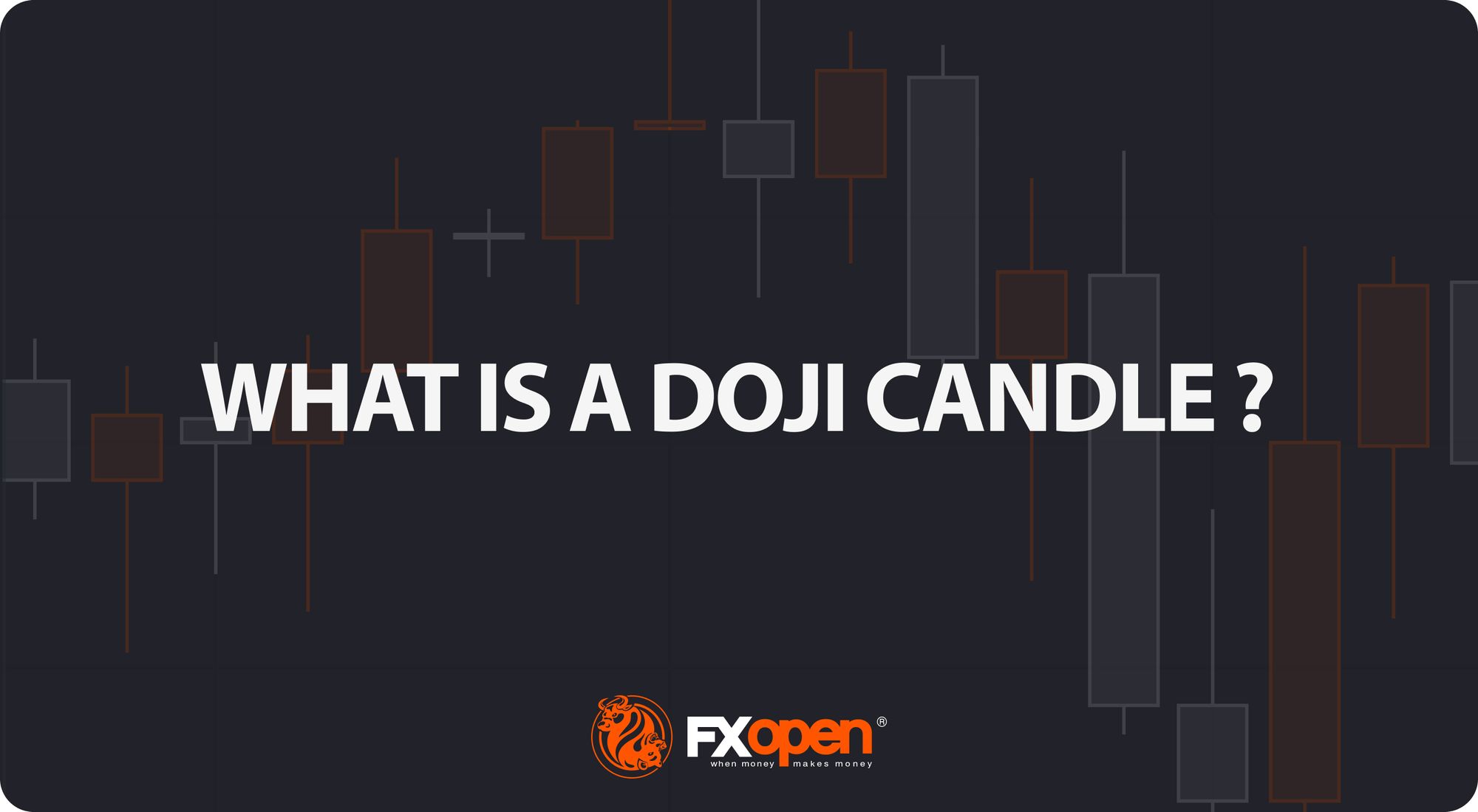FXOpen

Asia is a vast and diverse continent with a rich cultural heritage and history. It is home to the world’s oldest civilisations and to some of the strongest and most influential economies on earth. As a result, Asian countries have several strong currencies. These currencies reflect the economic stability, growth, and global importance of the respective countries of the continent.
This FXOpen article discusses the ten strongest Asian countries’ currencies and the reasons for their strength.
Asia’s Top 10 Currencies
The currency rate of Asian countries is an important economic indicator that measures the price of one country’s currency in relation to another. Based on the current currency exchange rates, here is the list of Asian currencies from the cheapest to the most expensive in terms of their value relative to the US dollar. The USD continues to be the global standard of currency valuation, so all currencies are compared to it.
*The rates are effective on the 23rd of October, 2023.
10. Saudi Riyal (SAR)
Exchange rate: 1 SAR = 0.266 USD
The Saudi riyal, the official currency of Saudi Arabia, was introduced in 1925. The stability of the Saudi riyal is due to its huge oil reserves, which account for a significant portion of the world’s oil supply. The country is endeavouring to diversify its economy. Saudi Arabia is the largest economy in the MENA region. It is known for its historical significance as the birthplace of Islam, host to the holy cities of Mecca and Medina.
9. United Arab Emirates Dirham (AED)
Exchange rate: 1 AED = 0.272 USD
The dirham is the legal tender of the United Arab Emirates (UAE), and it was introduced in 1973. The economy of the UAE is based on oil exports, but the country also strives to support other sectors, such as tourism and real estate. The financial sector is developing rapidly. The UAE is known for its luxurious lifestyle, modern infrastructure, and iconic landmarks such as the Burj Khalifa and Palm Jumeirah.
8. Qatari Riyal (QAR)
Exchange rate: 1 QAR = 0.274 USD
The Qatari riyal was introduced in 1973. Qatar’s economy is based on oil and gas exports, and the country is one of the world’s largest producers of liquefied natural gas (LNG). This Asian currency exchange rate is dependent on commodity prices. Qatar is known for its modern architecture and for hosting major world events, including the 2022 FIFA World Cup. The publicity generated by world-class events brings Qatar a good inflow of tourists and strengthens its economy.
7. Azerbaijani Manat (AZN)
Exchange rate: 1 AZN = 0.588 USD
The official currency of Azerbaijan, the Azerbaijani manat, was introduced in 2006. The economy of Azerbaijan relies on exports of natural resources, but the country has also diversified into other sectors, such as agriculture, tourism and manufacturing. The country’s petroleum industry contributes to the stability of the AZN, as oil exports generate significant foreign currency inflows. Azerbaijan is known for its rich cultural heritage and landscapes.
6. Brunei Dollar (BND)
Exchange rate: 1 BND = 0.729 USD
Brunei’s official currency appeared in 1967. The economy of Brunei is dependent on oil and gas exports. Similar to Qatar, Brunei is one of the largest producers of liquefied natural gas (LNG) in the world. The Brunei dollar has been pegged to the Singapore dollar since the currency board arrangement. The BND also remains stable due to the country’s vast natural reserves. Brunei is a popular tourist destination due to its pristine rainforests and beautiful beaches.
5. Singapore Dollar (SGD)
Exchange rate: 1 SGD = 0.729 USD
The Singapore dollar, which was introduced in 1967, is an Asia-Pacific currency. Singapore’s economy is based on exports of electronics and chemicals and developed services such as finance and tourism. The Monetary Authority of Singapore operates the exchange rate of the SGD using a managed float regime. The rate can fluctuate within a specified band, and the MAS intervenes in the forex market to prevent high volatility. Singapore is the leading financial centre in the Asia-Pacific region — it ranked third in the Global Financial Centre Index in 2022.
4. Jordanian Dinar (JOD)
Exchange rate: 1 JOD = 1.410 USD
The official currency of Jordan is the Jordanian dinar, which was put into circulation in 1949. Jordan’s economy is based on exports, particularly phosphate mining, agriculture, and tourism. The stability of the Jordanian dinar is due to sound economic policies and fiscal discipline. It remains one of the most stable currencies in the Middle East. Jordan is known for its rich history and UNESCO World Heritage Sites like the ancient city of Petra.
3. Oman Rial (OMR)
Exchange rate: 1 OMR = 2.597 USD
The Oman rial is one of Asia’s top 10 currencies. It was introduced in 1973. The OMR has a fixed exchange rate, and it’s pegged to the US dollar. Oman focuses on oil and gas exports, which account for the majority of its government income. The country is also investing in other sectors, such as tourism, logistics, and manufacturing. Oman is known for its magnificent natural landscapes, including the Wahiba Sands Desert and the Hajar Mountains.
2. Bahraini Dinar (BHD)
Exchange rate: 1 BHD = 2.659 USD
As one of Asia’s strongest currencies, the Bahraini dinar was put into circulation in 1965. Bahrain’s economy is based on oil and gas exports, but the country has also diversified into other sectors such as finance, tourism, commerce, and manufacturing. It’s also a prominent banking hub and a centre for modern financial services. Bahrain is famous for its stunning architecture, including the iconic Bahrain World Trade Center and the Bahrain National Theatre. The constant flow of tourists supports the service sector and influences the strength of the dinar.
1. Kuwaiti Dinar (KWD)
Exchange rate: 1 KWD = 3.233 USD
In 2023, the Kuwaiti dinar is both the strongest currency in Asia and the world. The Kuwaiti dinar was put into use in 1961. Kuwait’s economy is based on gas and oil exports — the country is a leading member of OPEC and one of the world’s largest oil producers. Kuwait has a high standard of living, and its citizens enjoy a generous welfare system. The strength of the KWD reflects the country’s economic stability.
Final Thoughts
Asia is home to a variety of currencies that reflect the region’s economic prosperity and growth. Forex traders looking to diversify their portfolios can look to Asia’s strongest currencies. According to recent data, among them are the Kuwaiti dinar, the Bahrain dinar, the Omani rial, the Jordanian dinar, and the Brunei dollar. Strong developing economies support these currencies.
You can open an FXOpen account to trade Asian currencies. You can also explore the new multi-asset TickTrader trading platform, which has extensive functionality to meet the requirements of any trader.
This article represents the opinion of the Companies operating under the FXOpen brand only. It is not to be construed as an offer, solicitation, or recommendation with respect to products and services provided by the Companies operating under the FXOpen brand, nor is it to be considered financial advice.
Stay ahead of the market!
Subscribe now to our mailing list and receive the latest market news and insights delivered directly to your inbox.








